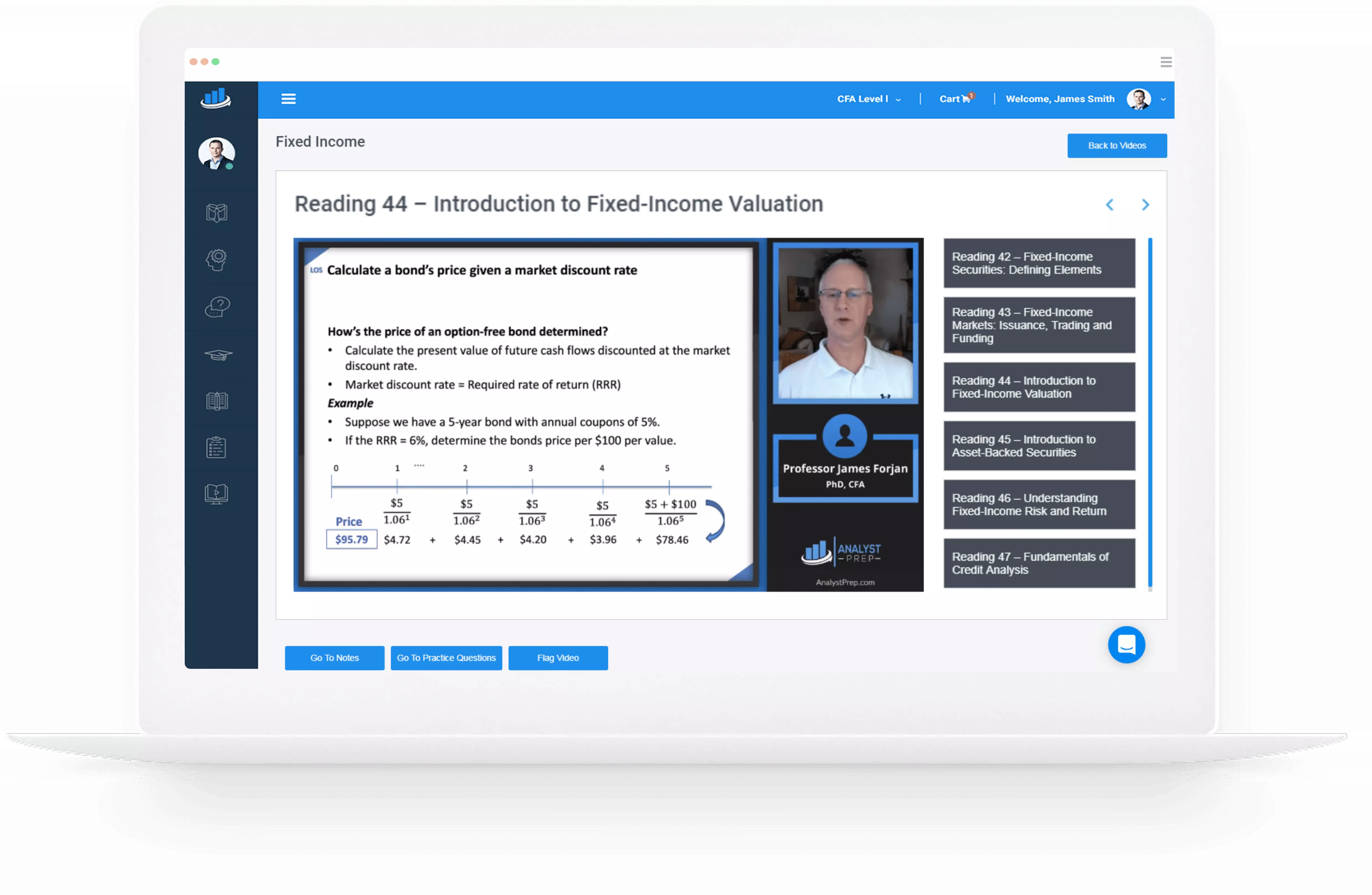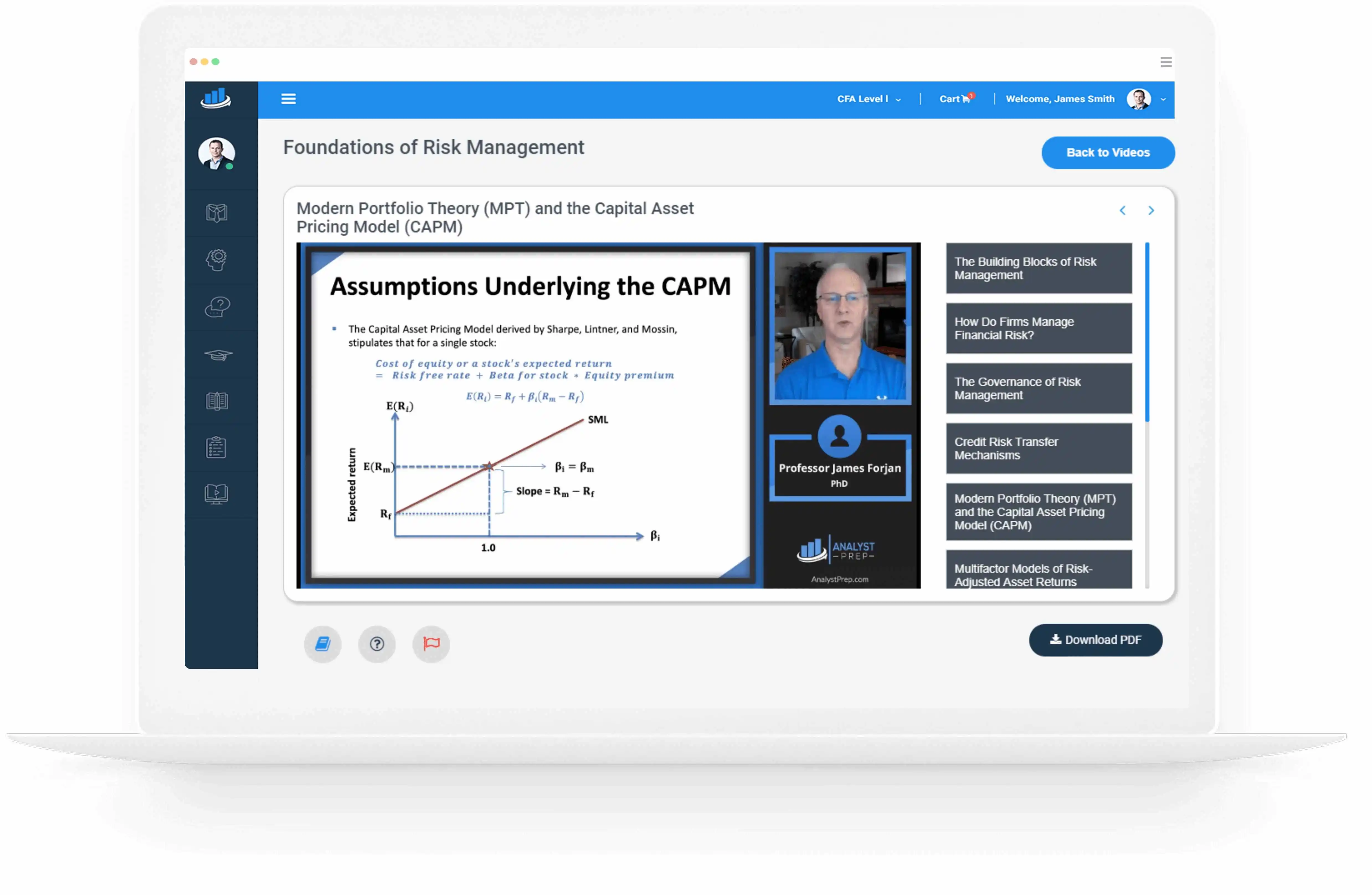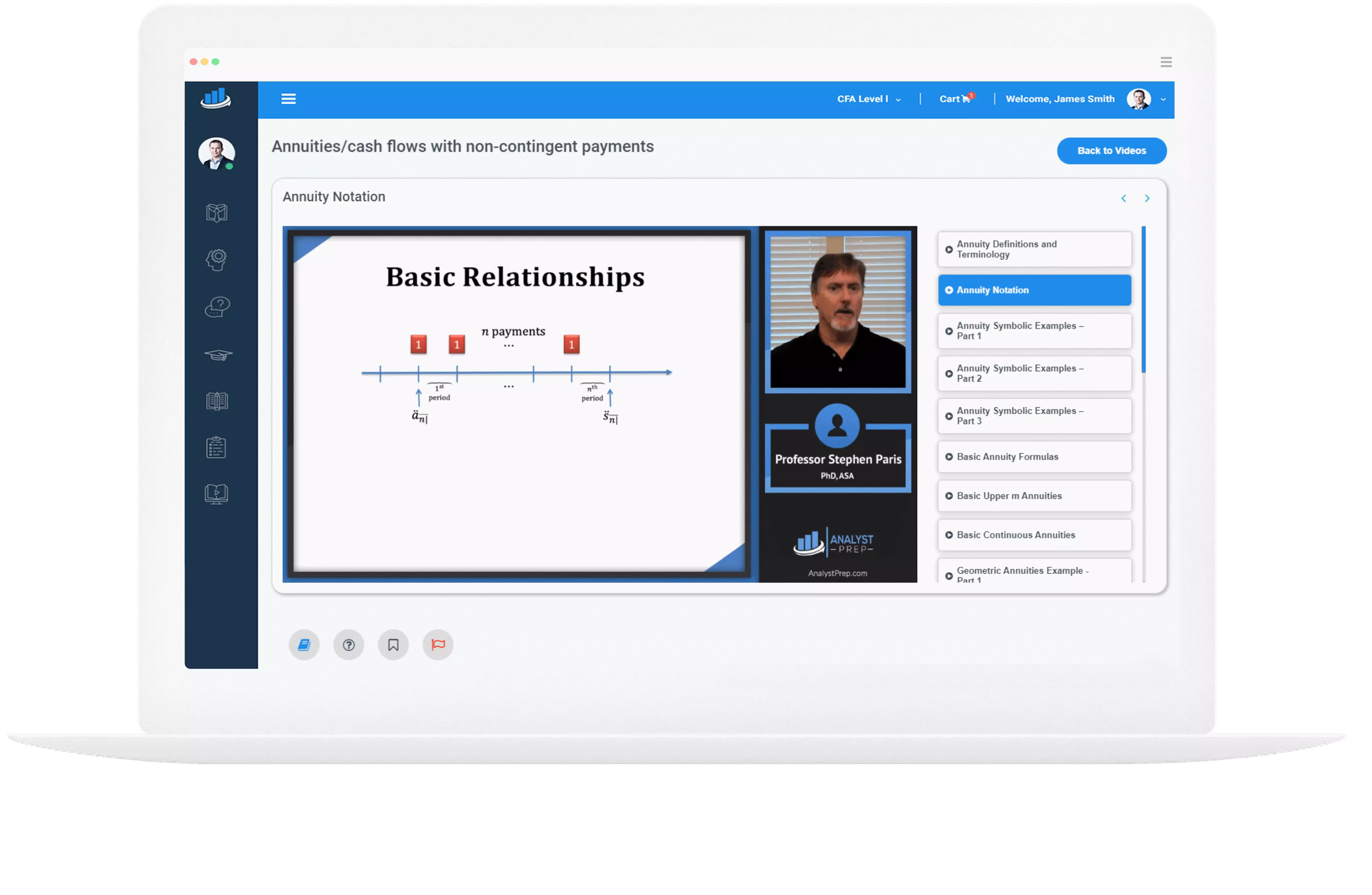Calculating Expected Returns from the Arbitrage Pricing Model
Single-factor Model The single-factor model assumes that there is just one macroeconomic factor, for example, the return on the market. Therefore: $$ R_i=E(R_i)+\beta_iF+\varepsilon_i $$ Where: \(E(R_i)\) is the expected return on stock \(i\). \(R_i\) is the return for stock \(i\)….
Arbitrage Opportunities
Arbitrage Opportunity Arbitrage is risk-free trading that does not require an initial investment of money but earns an expected positive net return. An arbitrage opportunity exists if an investor can make a deal that would give an immediate profit, with…
Portfolio Uses of ETFs
ETF Strategies Most ETFs are used by asset and fund managers as well as financial advisers in many strategies serving diverse investment goals. This can be on a strategic, tactical, or dynamic basis. The ETFs serve the following purposes: Portfolio…
Types of ETF Risks
Counterparty Risks An investor’s principal can be put at risk by over-dependence on a counterparty. Moreover, the economic exposure of the fund can also be affected by counterparty failures. Therefore, investors are advised to evaluate the underlying counterparty risks when…
Cost of Owning an ETF
Some cost factors must be considered when trading in ETFs. They can either be implicit costs, e.g., tracking error, bid-ask spread, premium or discount to NAV, portfolio turnover, and secured lending; or explicit costs, e.g., management fees, commissions, and taxable…
ETFs Premiums and Discounts
The value of an ETF is obtained from measuring its net asset value (NAV) at the closing of each trading day. If the ETF has a higher market price relative to the net asset value, it is said to be…
ETF Bid-Ask Spread
The bid-ask spread is the variation between the price at which a buyer is willing to purchase a security and the price at which the seller is willing to offer the same security. The market structure and liquidity of the…
ETFs Tracking Error
The tracking error of a fund is the annualized standard deviation of the differences in the daily ETF’s returns, based on its net asset value (NAV), and the benchmark index returns. The ETF’s reported tracking error is useful to investors….
ETFs in Secondary Markets
Secondary market trading involves buying and selling of ETFs on exchanges. The trade happens between any pair of market participants, i.e, individual or institutional investors, market makers, and so on. The selling activities of individual investors in the secondary…
Creation or Redemption Process of ETFs
An exchange-traded fund (ETF) is an investment fund that holds assets such as bonds, stocks, and commodities and is traded on the stock exchange. An ETF operates with an arbitrage mechanism planned to keep it trading close to its net…




